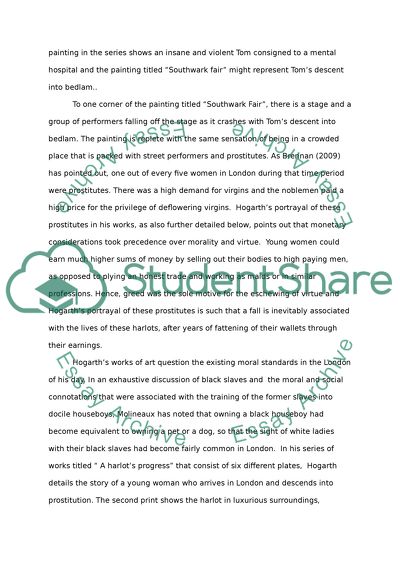Cite this document
(“How conservative was Hogarth's view of London Essay”, n.d.)
Retrieved from https://studentshare.org/environmental-studies/1419584-how-conservative-was-hogarth-s-view-of-london
Retrieved from https://studentshare.org/environmental-studies/1419584-how-conservative-was-hogarth-s-view-of-london
(How Conservative Was Hogarth'S View of London Essay)
https://studentshare.org/environmental-studies/1419584-how-conservative-was-hogarth-s-view-of-london.
https://studentshare.org/environmental-studies/1419584-how-conservative-was-hogarth-s-view-of-london.
“How Conservative Was Hogarth'S View of London Essay”, n.d. https://studentshare.org/environmental-studies/1419584-how-conservative-was-hogarth-s-view-of-london.


